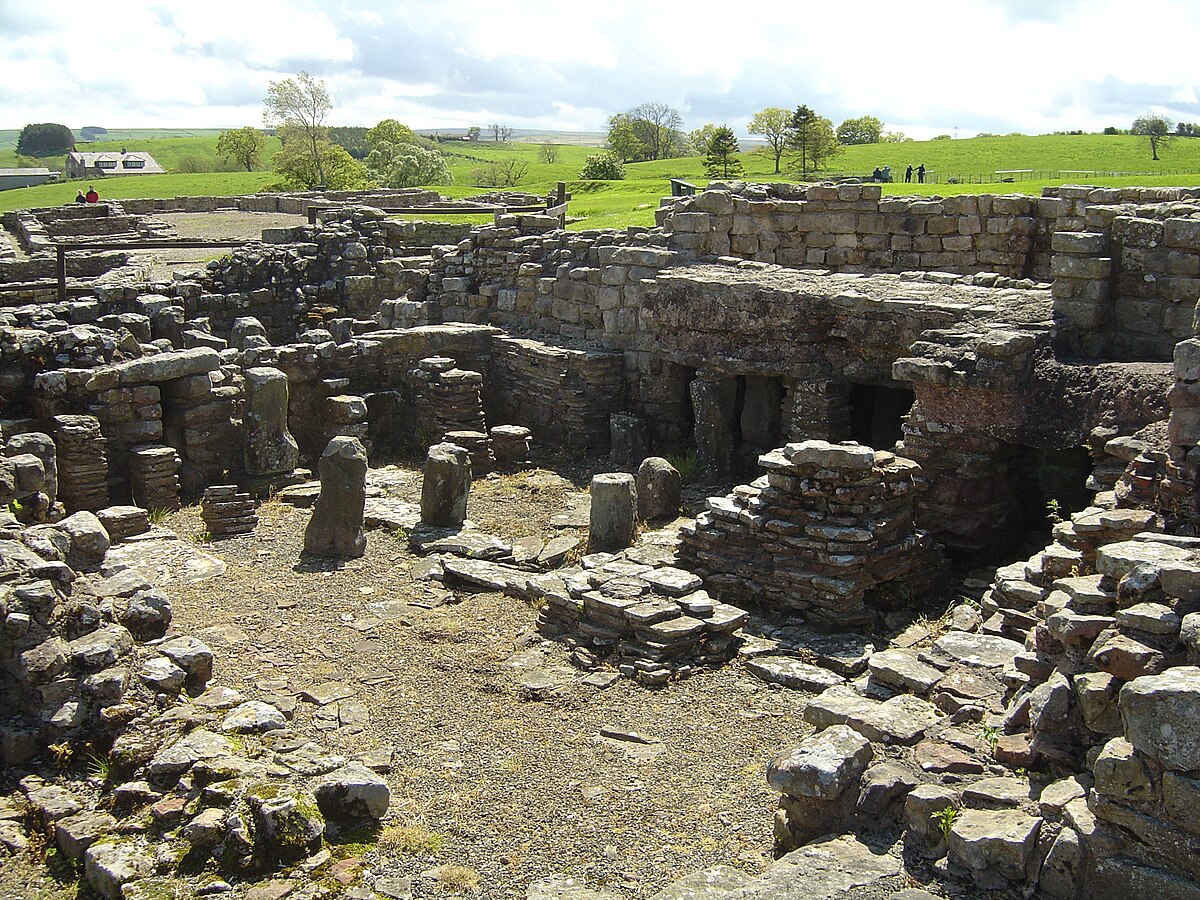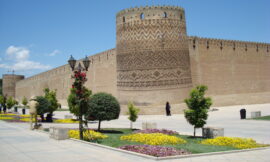Vindolanda, situated near Hadrian’s Wall in Northumberland, England, is an archaeological site of immense historical significance. This Roman fort and settlement have unveiled a treasure trove of artifacts and insights into daily life on the northern frontier of the Roman Empire, offering a captivating journey through time for visitors.
Historical Context:
Vindolanda was established around AD 85, predating Hadrian’s Wall by several decades. Its strategic location near the Wall made it an essential outpost for the Roman army. The fort underwent multiple phases of construction and occupation over the centuries, providing a unique chronological record of Roman military and civilian life in Britain.
Archaeological Discoveries:
One of the most remarkable aspects of Vindolanda is the wealth of archaeological finds that have been unearthed at the site. The soggy conditions of the soil have preserved a wide range of organic materials, including wooden tablets with handwritten ink inscriptions, leather goods, textiles, and even well-preserved shoes. These artifacts offer an unparalleled glimpse into the daily routines, communications, and challenges faced by the Roman inhabitants.
The Vindolanda tablets, in particular, are celebrated as one of the most important collections of Roman writing ever discovered in Britain. These thin wooden sheets bear everything from military records and administrative notes to personal letters and requests for supplies, providing an invaluable source for understanding the lives of both soldiers and civilians.
The Fort and Vicus:
The site consists of a well-preserved fort and an adjoining civilian settlement known as a vicus. The fort itself showcases the standard layout of Roman military establishments, with commanding officers’ quarters, barracks, granaries, and defensive structures. The vicus, on the other hand, reflects the civilian life that flourished around the military presence, including houses, workshops, and a thriving community.
Hadrian’s Wall Connection:
Vindolanda’s proximity to Hadrian’s Wall adds to its historical significance. The Wall, built under Emperor Hadrian’s orders in the early 2nd century AD, was designed to mark the northernmost boundary of the Roman Empire and to control the movement of people and goods. Vindolanda played a crucial role in supporting the Wall’s military efforts and ensuring communication and supply lines.
The Vindolanda Trust:
The Vindolanda site is managed by the Vindolanda Trust, a charitable organization dedicated to the research, preservation, and public presentation of the site’s archaeological treasures. The trust operates an on-site museum that showcases some of the most exceptional finds, allowing visitors to appreciate the historical context of the artifacts they discover.
Visitor Experience:
Visitors to Vindolanda can explore the remains of the fort and vicus, marvel at the ongoing archaeological excavations, and engage with the museum’s exhibits. The site’s immersive nature provides a sense of connection to the people who lived and worked there almost two millennia ago.
In conclusion, Vindolanda stands as a living testament to the Roman presence in Britain. Its archaeological richness, coupled with the fascinating discoveries made over the years, makes it a must-visit destination for history enthusiasts, providing a tangible link to the past and offering insights into the complex tapestry of life on the Roman frontier.



